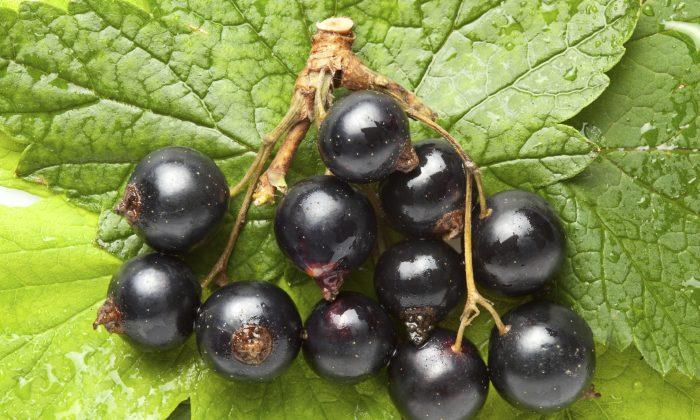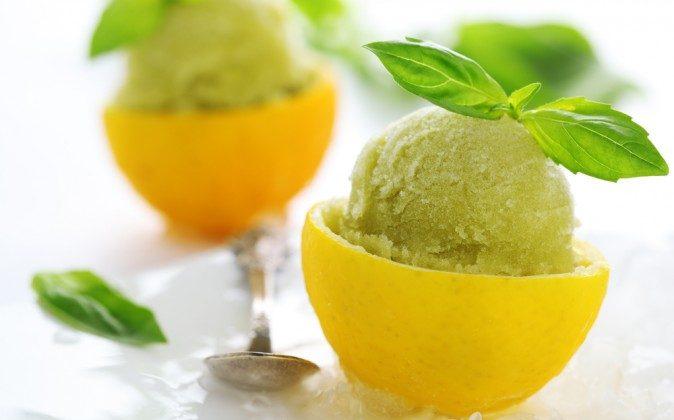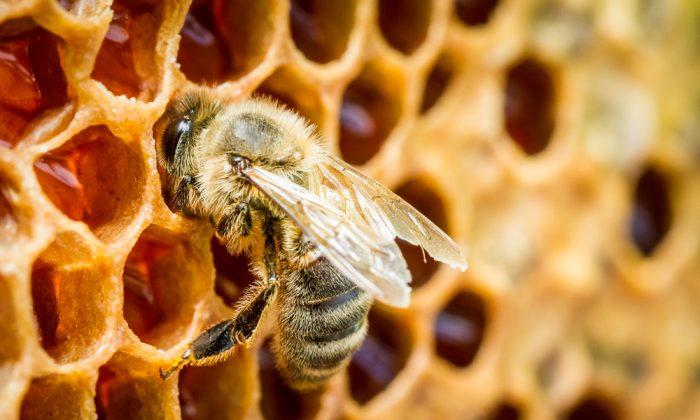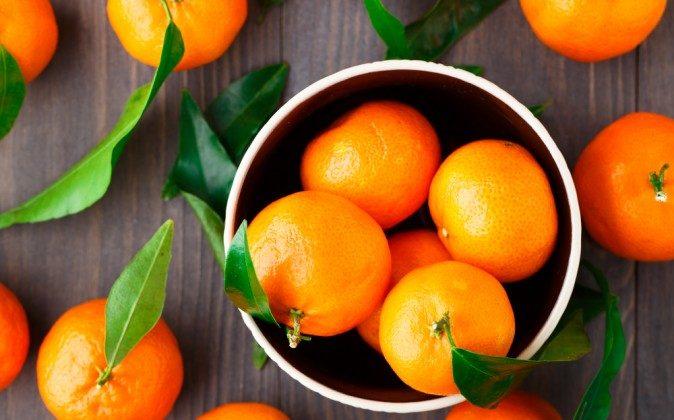The participants were then given a set of demanding mental performance tests. The results showed that after consuming the black currant drinks, the participants had improved mental performance indicators such as accuracy, attention, and mood. In addition, mental fatigue was reduced.
Compounds in the berries acted like MAO inhibitor drugs used in the treatment of Parkinson’s disease, depression, stress, and anxiety. These drugs stop MAOs from clearing out neurotransmitters, making more of these brain chemicals available.
But MAO inhibitor drugs have serious side effects. The researchers suggested that black currants could be used as a functional food ingredient to support brain health or manage Parkinson’s symptoms.
Black currants help with a long list of other health conditions. They have been used to treat gout, diarrhea, and liver problems. Black currant is also used topically for healing wounds and treating insect bites.
The leaves, fruit, and seed oil of black currants are used to make medicines. In Europe black currant products are widely used as herbal remedies. They ease PMS and menopause symptoms. They are also used as a diuretic, and to treat colds, flu, and fevers. Black currant juice is also alkalizing to the body.
- improve liver injury in non-alcoholic fatty liver disease patients
- act as a probiotic increasing beneficial gut bacteria
- improve immune response in elderly people
- slow down the progression of glaucoma
- improve the immune properties of a mother’s breast milk
- reduce the prevalence of atopic dermatitis in newborns
- control post-meal glucose and insulin
- improve inflammatory markers in patients with peripheral arterial disease.
- suppress the growth of human liver cancer cells
Black currants also contain three or four times the vitamin C of oranges, as well as the essential B vitamins pantothenic acid (vitamin B5), pyridoxine (vitamin B6) and thiamin (vitamin B1).
These little berries are native to northern Europe and Asia. If you live in the U.S. and think you’ve been eating dried currants your whole life in scones and other recipes, you’re probably wrong.
Black currants were banned in the U.S. because of a belief that they carry a fungus that kills pine trees. Once black currant cultivation was outlawed, small dried grapes from the island of Zante, Greece were christened “currants.” That’s what you'll typically find in the U.S. and they’re often sold as “Zante currants.”
Some states began lifting the ban in 1966 but some states still have it in effect. In 2003 farmers overturned the ban in New York state and are now raising fresh black currants. You can find the real deal frozen or dried, or in juice, nectar, or extract form online.
Fresh black currants are very tart. The red and white varieties are much sweeter. Use the black currants for making jellies and jams if the tartness is too much for you. They’re also used to make the liqueur crème de cassis.
You can also make infusions and teas out of the plant’s fresh or dried leaves. Or look for black currant tea in health food stores or online.






Friends Read Free